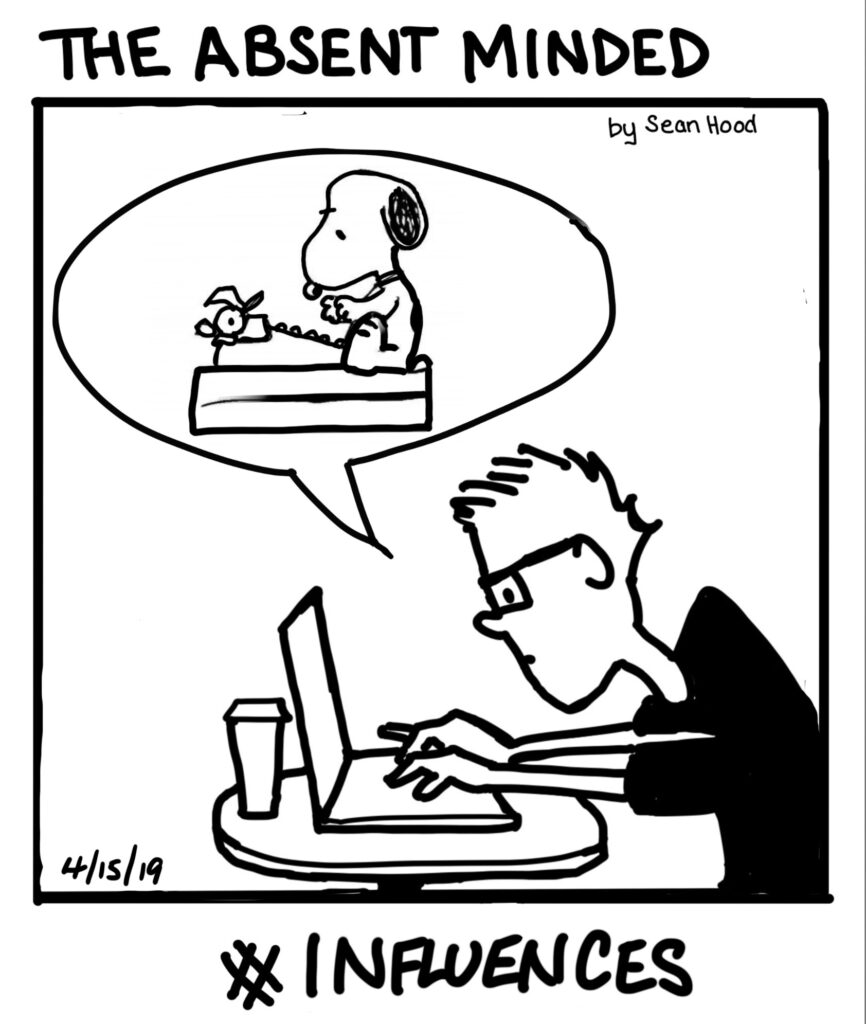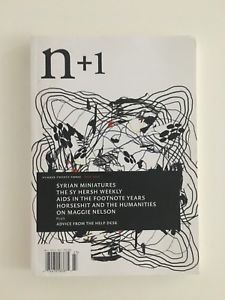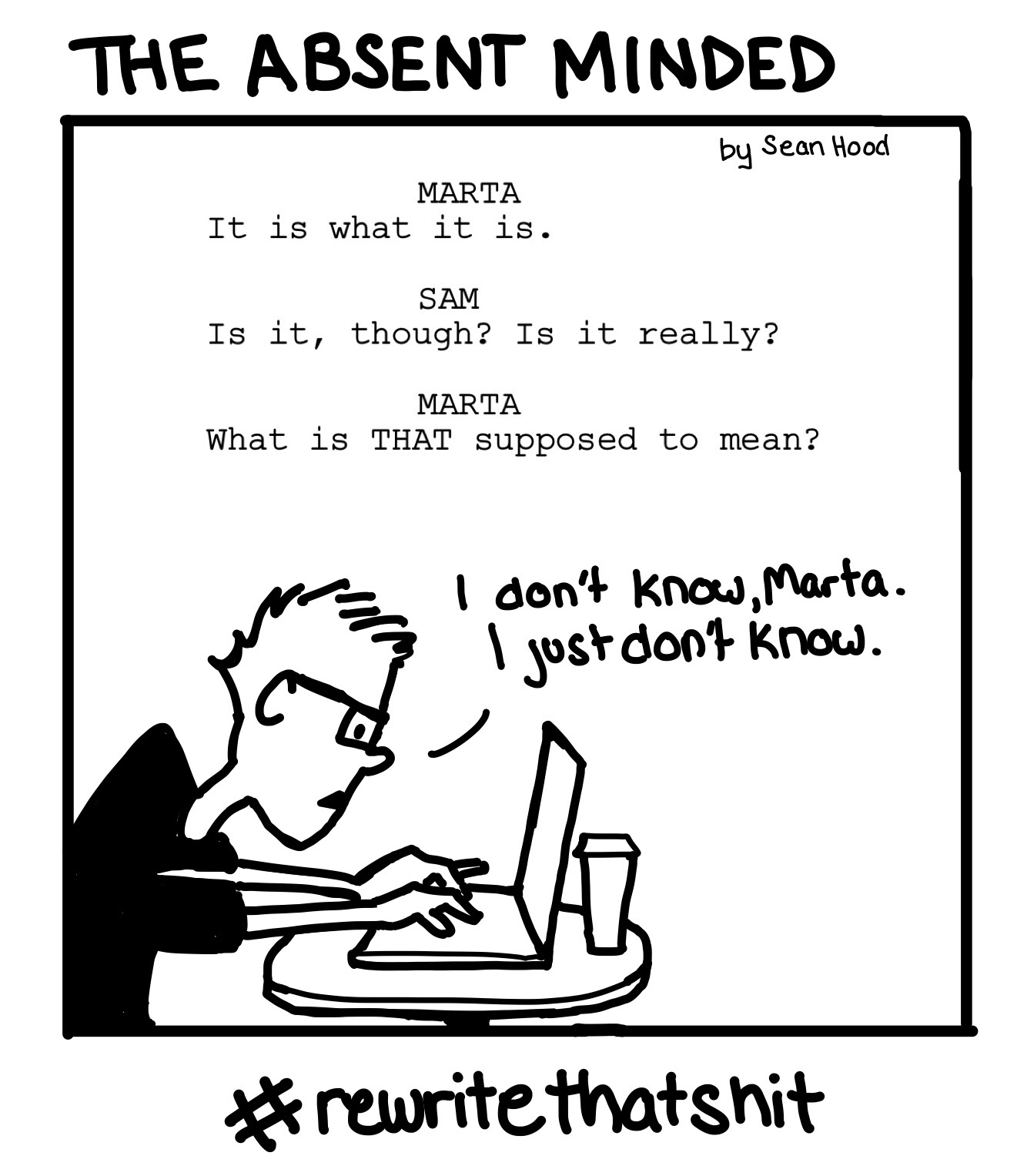In 2012 I was an avid writer and contributor on Quora, writing several answers that went alarmingly viral, including What’s it Like When Your Movie Bombs at The Box Office.
But now, as I expand my teaching portfolio, I’m going back to Quora for three months in order to contribute to the Ask A Screenwriter section. Tonight I found this question On average, How Much of the Screenwriter’s Vision Are We Actually Getting which I answered thusly…
Short answer: not much.
The key phrase in your question is “on average.” Every film is different, and there are situations (for example Ladybird and writer/director Greta Gerwig) in which the writer’s vision is exactly what “we are really getting.”
However, most movies are based on valuable underlying material: a novel, a comic book, a franchise, and so on. So, the primary elements of character, world, story, and conflict are already in place. The writer is not free to change these elements according to their “vision” because the underlying story is a valuable brand, handled as such by the corporation owning it.
Most movies have three or more participating writers who work on the screenplay independently at different times, often at the direction of different people. Most movies go into credit arbitration, in which the WGA determines who among the participating writers contributed enough material to the final shooting script to receive screen credit. As a result, most movies have multiple writers (and thus multiple “visions”) as well as a set of uncredited writers whose contributions (and uncredited “visions”) are never recognized.
Most movies are driven by the “vision” set by the studio, the producers, the director, and the name actors, all of whom outrank the writer. Screenplays are usually re-written dozens and dozens of times before and during production. Each time a “pass” is done on the script, the screenwriter (or screenwriting team) is given a set of “notes” (often bundling changes required by the studio, director, producers, and actors.) These notes are directives, not suggestions.
I have been both a WGA arbiter determining credit on Hollywood movies and a participating writer on Hollywood Movies that have gone into arbitration. A typical arbitration might include these elements:
- A best-selling, novel on which the movie was based.
- Seven writers who all worked at different times over five years during which the script was “developed.” In general, only two writers (or writing teams) can ultimately get screen credit.
- Twenty different “drafts” of the screenplay, including the first draft and the last “shooting script.”
- Statements from all seven writers, each arguing that their contribution to the final shooting script (aka “vision”) exceeded 33% (which just puts a number to a very subjective assessment.)
In this typical movie, the arbiters may determine that Writer A contributed 35% and Writer B contributed 30% and the other five writers made combined contributions of around 35%. The arbiters may talk it through and ultimately determine credit for Writer A (in the first position) and Writer B. Writers C, D, E, F, and G would get absolutely nothing. The dude who gets the producers’ dry cleaning would get credit, but they wouldn’t.
So, if you ask “how much of Writer B’s vision are we actually getting?” In this hypothetical case, Writer B did three “passes” on the script based on highly specific notes by multiple executives, producers, directors, and actors, while not changing anything that might harm the underlying intellectual property. While Writer B’s work added up to a third of the actual shooting script, many of these story points, dialogue additions, and action beats were changed during shooting and editing. Finally, after audience testing, Writer B’s ending was completely reshot.
So again, not much.
Ultimately, the way movie production usually works, the screenplay is often a kind of Wikipedia entry – emerging from countless small changes made by dozens, perhaps hundreds, of “authors.” The screenwriter can have an important role in this process, figuring out how to skillfully and artfully execute these changes, but “on average,” the writer’s “vision” is not what you are seeing on screen.
Exceptions include hyphenates, like writer-directors and writer-producers, or celebrity writers, like Charlie Kaufman, Diablo Cody, Aaron Sorkin, and the late Nora Ephron. Also, there are producers (like the ones I’m currently working with) who see the value in maintaining the same writer from beginning to end, and in keeping this writer actively engaged in the filmmaking process.
I answered this question on Quora in the space Ask A Screenwriter. Here are my recent articles On Screenwriting.




 Undergrid Four – Pastel on paper, digitally manipulated
Undergrid Four – Pastel on paper, digitally manipulated


